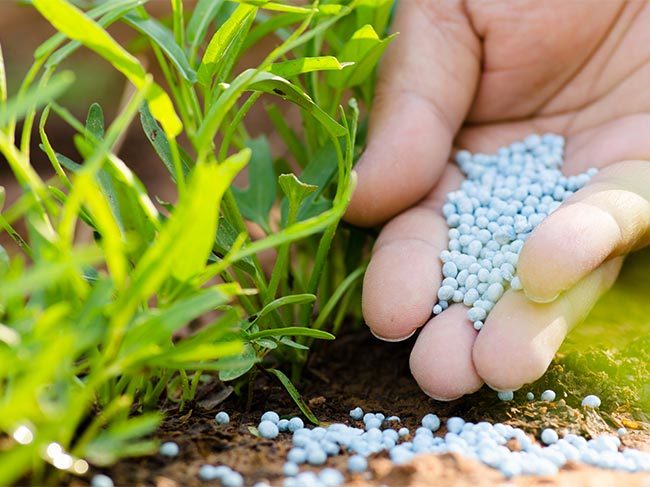
Drill into timber, soft metal and hard materials including brick and concrete with the RYOBI 18V ONE+ Hammer Drill.
Checkout at Bunnings to calculate delivery or collect in-store
How to choose the right 18V ONE+ battery for your product and task. Read more.

Start typing in the search bar. Our autocomplete feature will provide relevant suggestions. Press 'tab' to accept an autocomplete suggestion.
In this article we answer frequently asked questions surrounding garden hedges. Such as: should you prune a hedge if you want it to grow taller? How do you make a hedge thicker? Do you know an easy way to get a straight finish to a new hedge? And what is the best way to mulch and fertilise?
Many hedges appreciate a prune just after they have finished flowering (in spring if they’re the flowering type). Even if you are trying to grow your hedge taller, it’s important to keep pruning it to ensure its growth is dense and even. Don’t avoid pruning the top!
Remove any dead branches. Cut them back to the nearest growing bud or leaf.
To avoid climbing a ladder to trim tall hedges, consider using a pole hedge trimmer. Some have telescopic handles to reach really high.
If you’re using a hedge to line a path, hide a wall or a shed, or maybe gain some privacy from neighbours or street traffic, straight lines are a must. One of the best ways to ensure your trimming is straight is to run a string line along the edge you wish to shape so you know where to trim to.
This works on new hedges or established ones, though taller ones you might want to adjust the string more than once to keep it consistent.
Mature hedges can look even tidier with the edges rounded off. For younger, smaller hedges, use a tool that is slightly smaller to avoid accidentally over-pruning - motorised shears are ideal.
Just check that your hedge trimmer blades are sharp and clean before you get started to get the best results. It’s also a good idea to disinfect your blades between tasks to help prevent any potential cross-contamination.

After a prune, or even a trim, it’s good practice to finish with a fertiliser. Native hedges, like Lilly Pillies, should receive a native fertiliser, so ensure you buy an appropriate type for your hedge. Fertiliser can be added to mulch around the roots of the hedge, which will help it to release slowly into the soil and avoid any ‘fertiliser shock’.
Use a spreader or sprayer for even distribution. And read the instructions about dosage and intervals, too.
Hedge Trimmers, Grass Shears, Garden Sprayers, Fertiliser Spreaders and more.
Get the most from your garden with tips & tricks from Jason Hodges, Katja Phegan and more.
